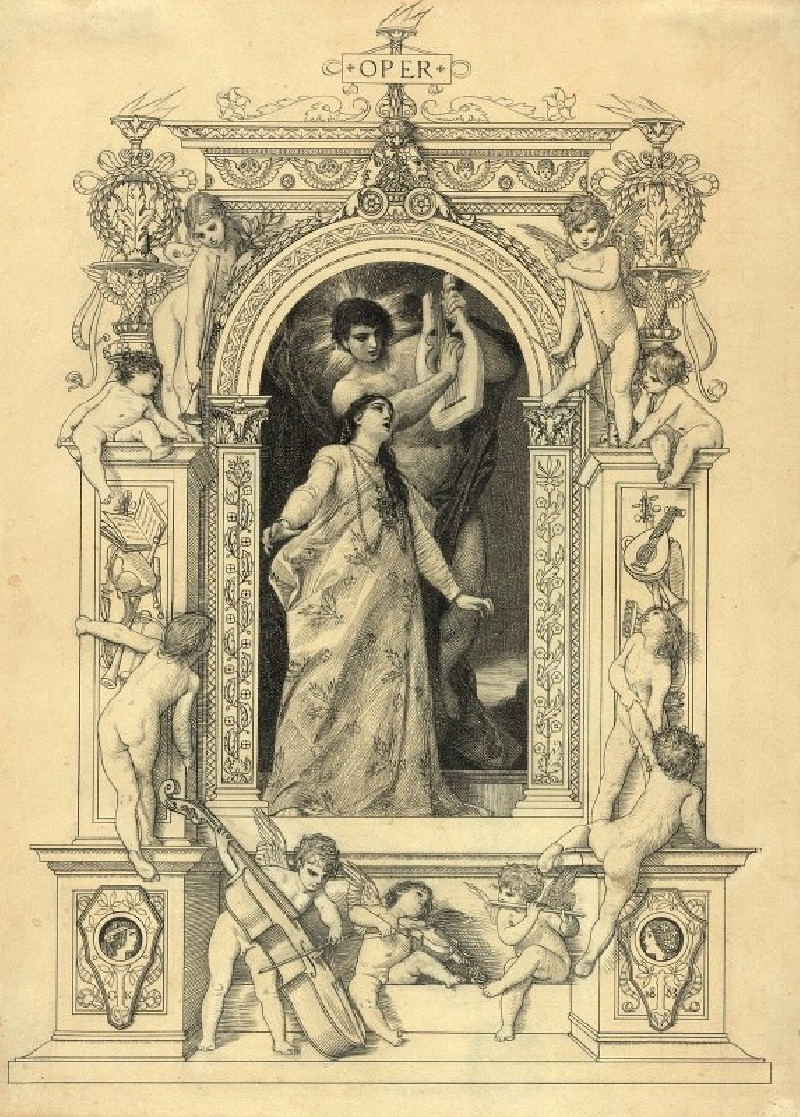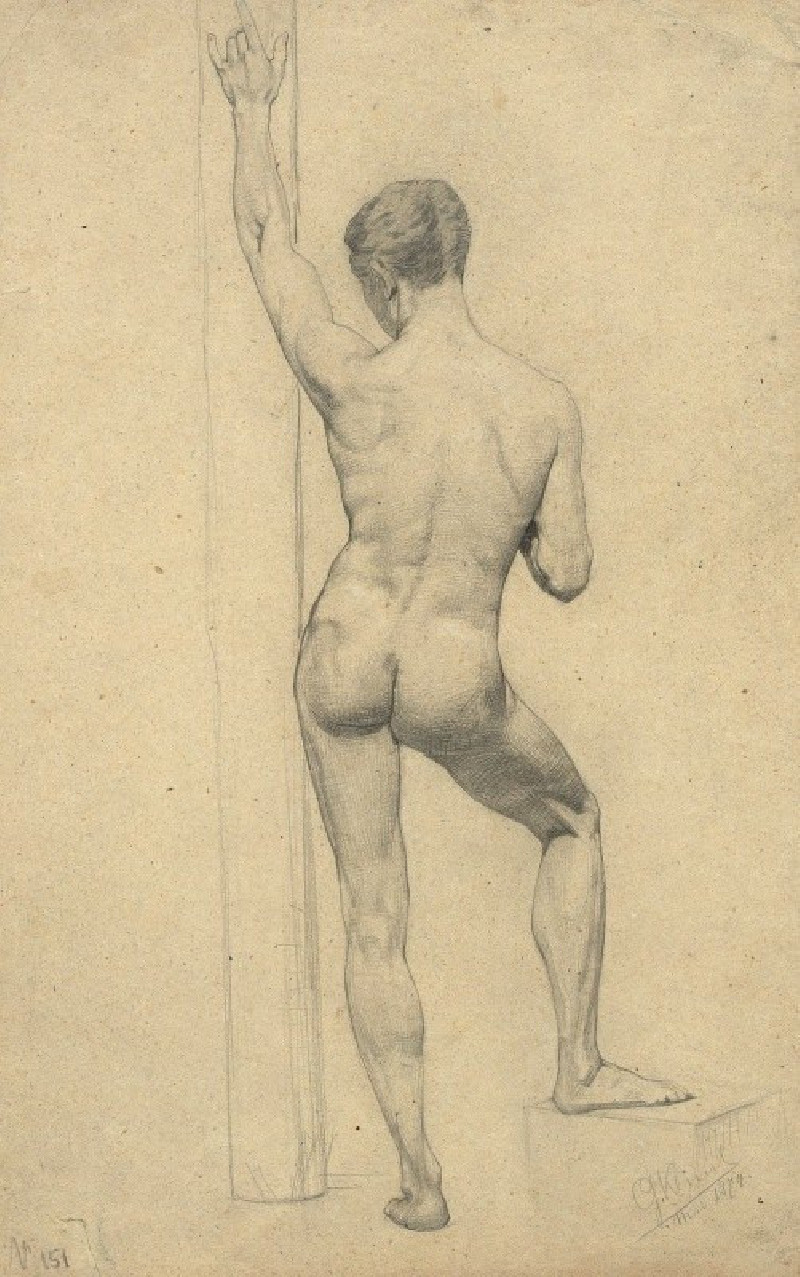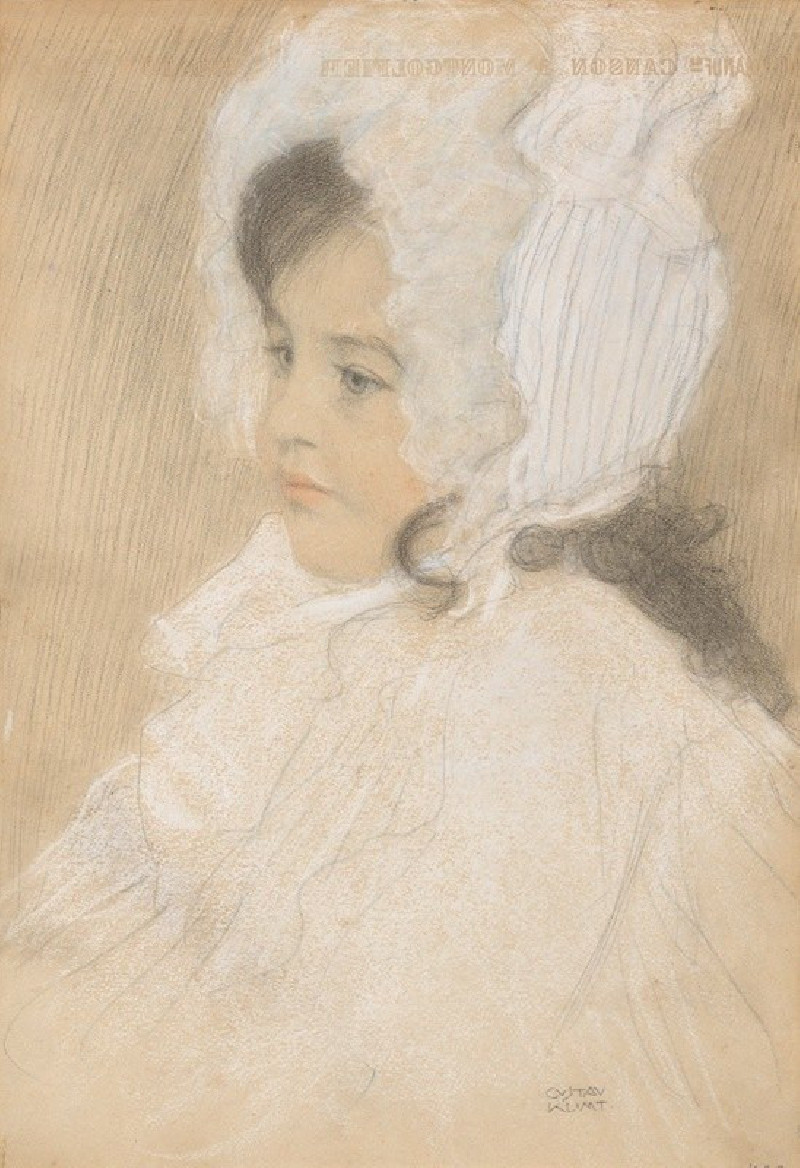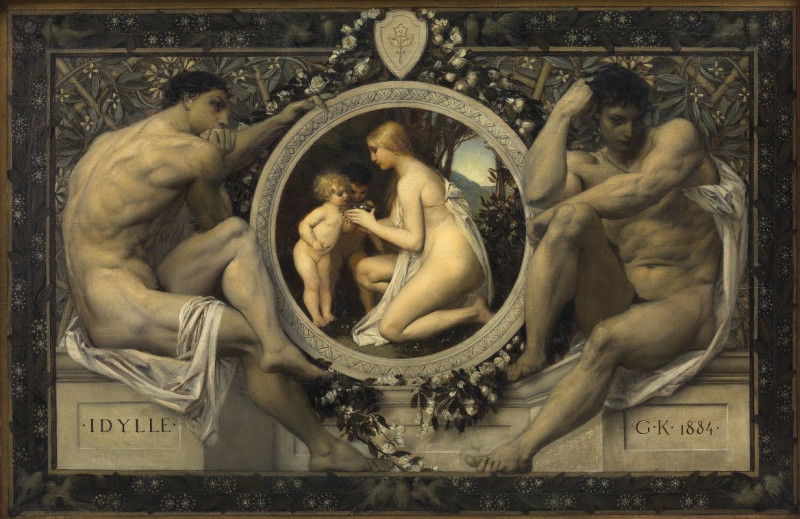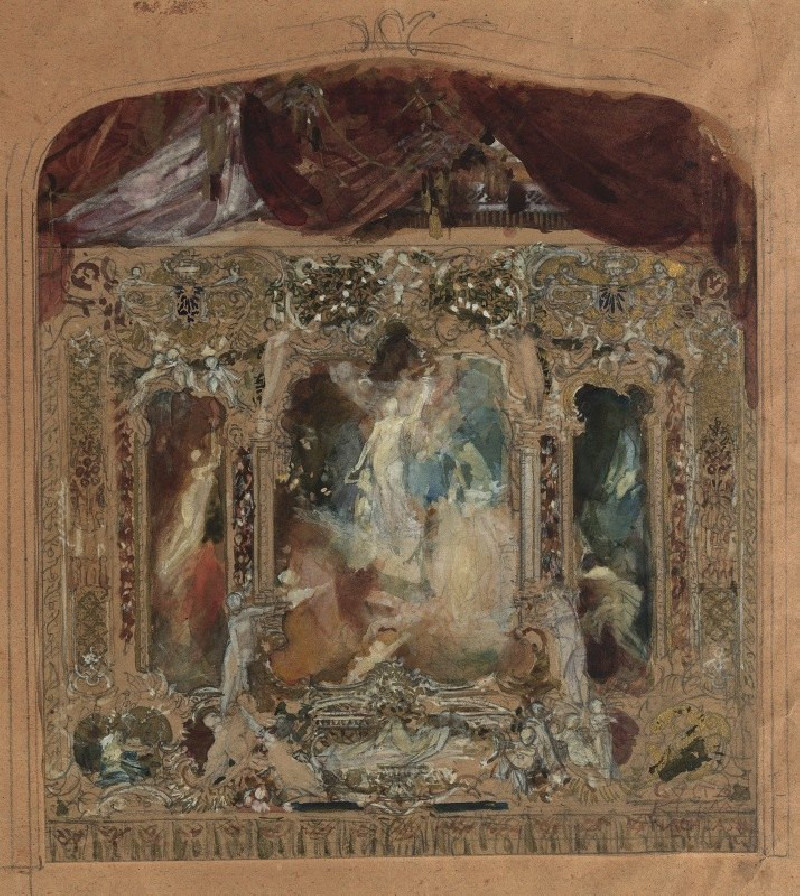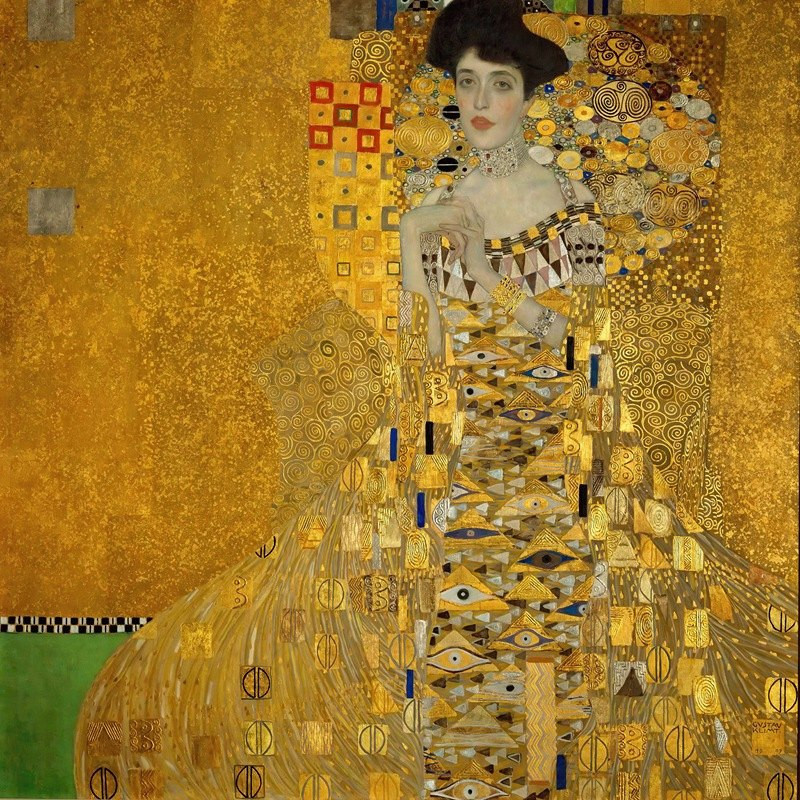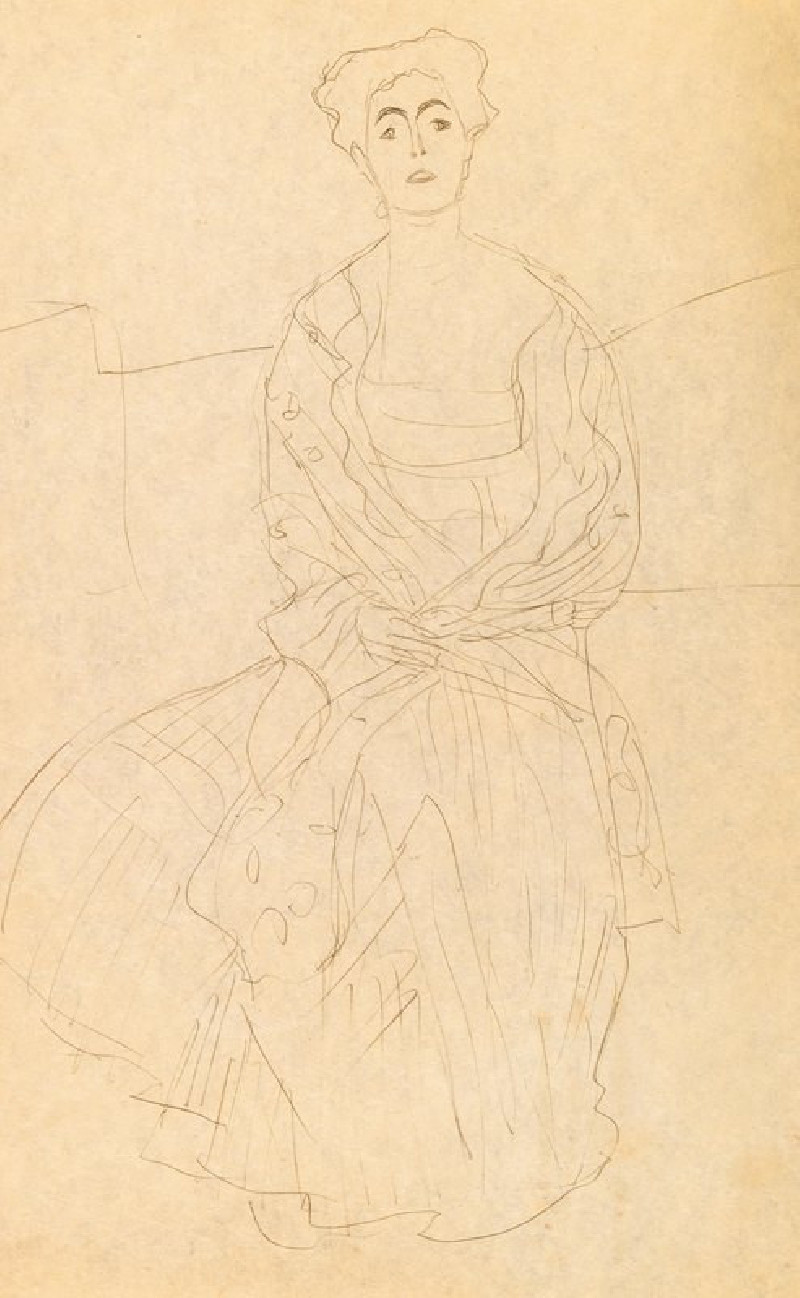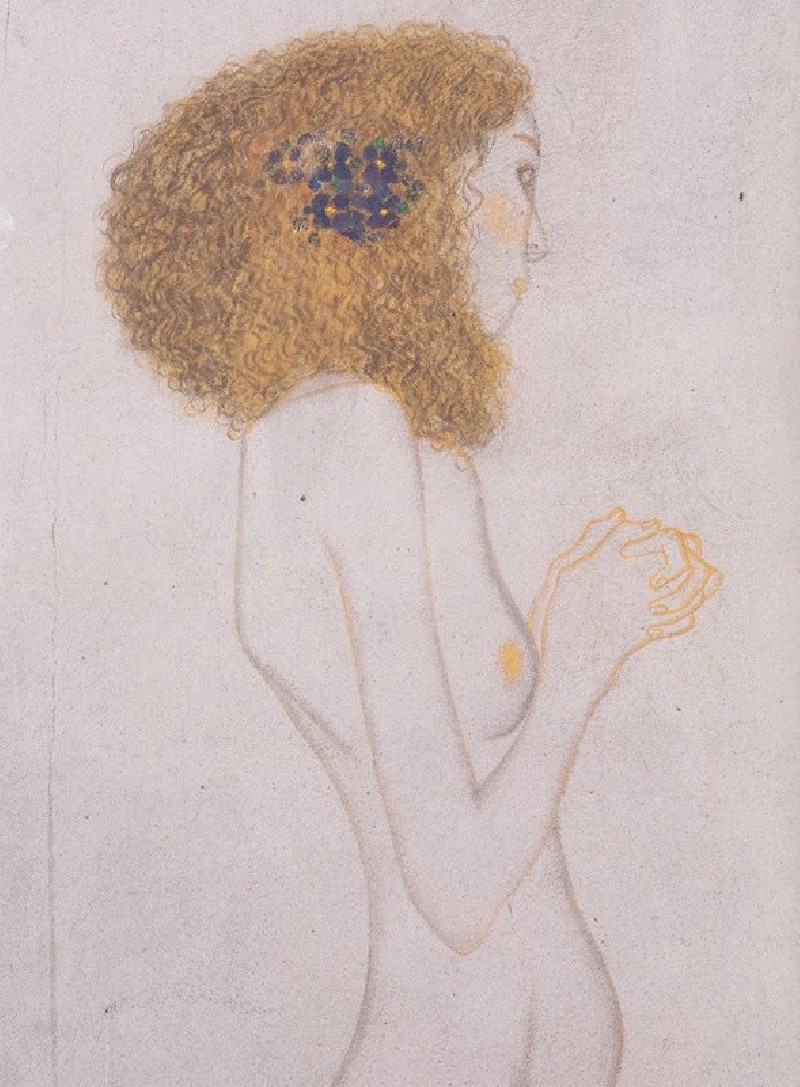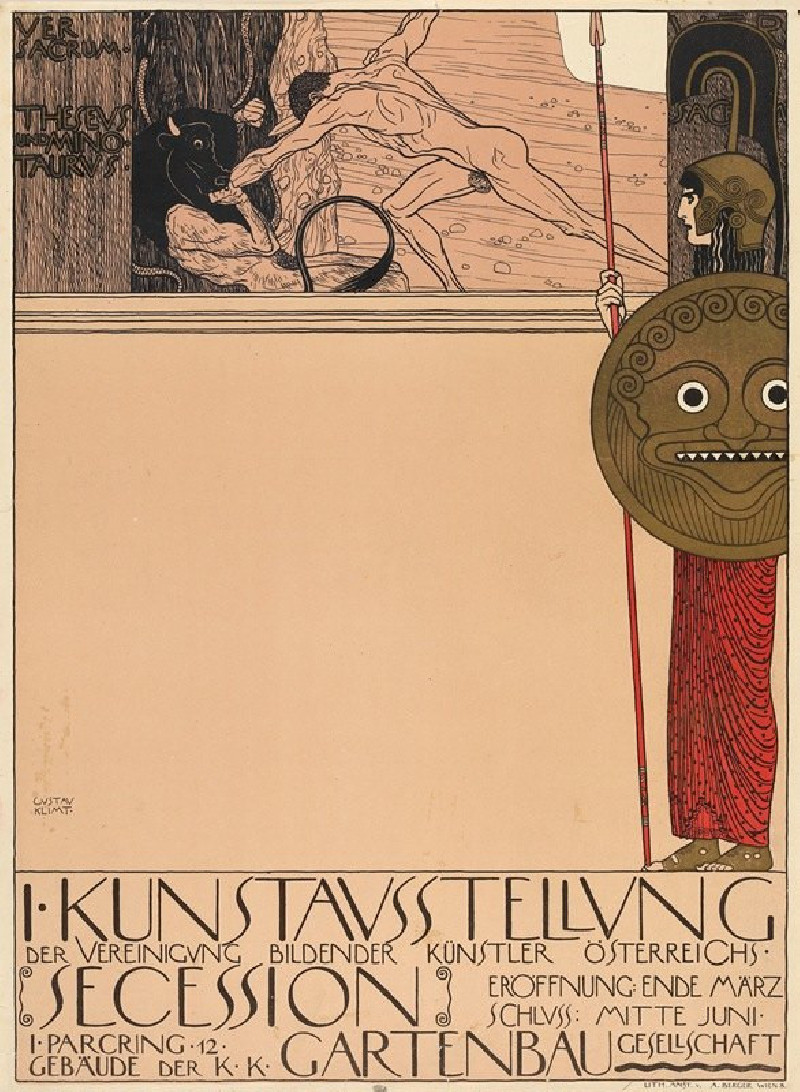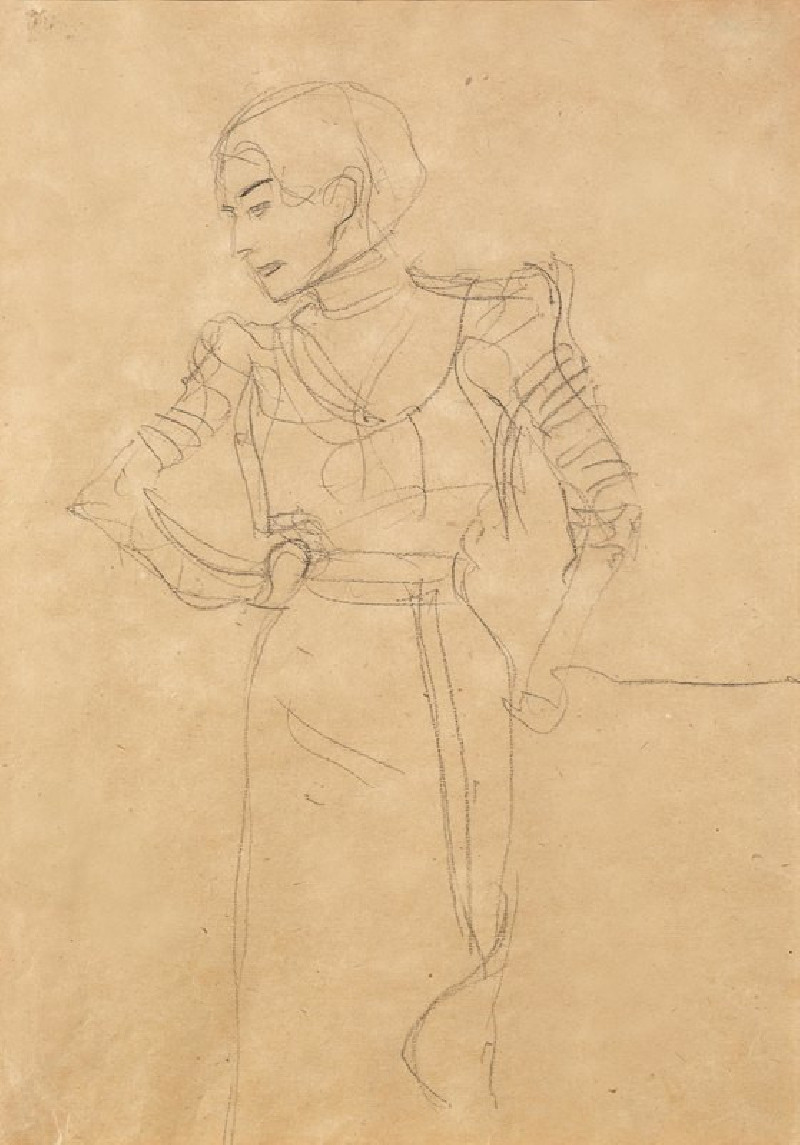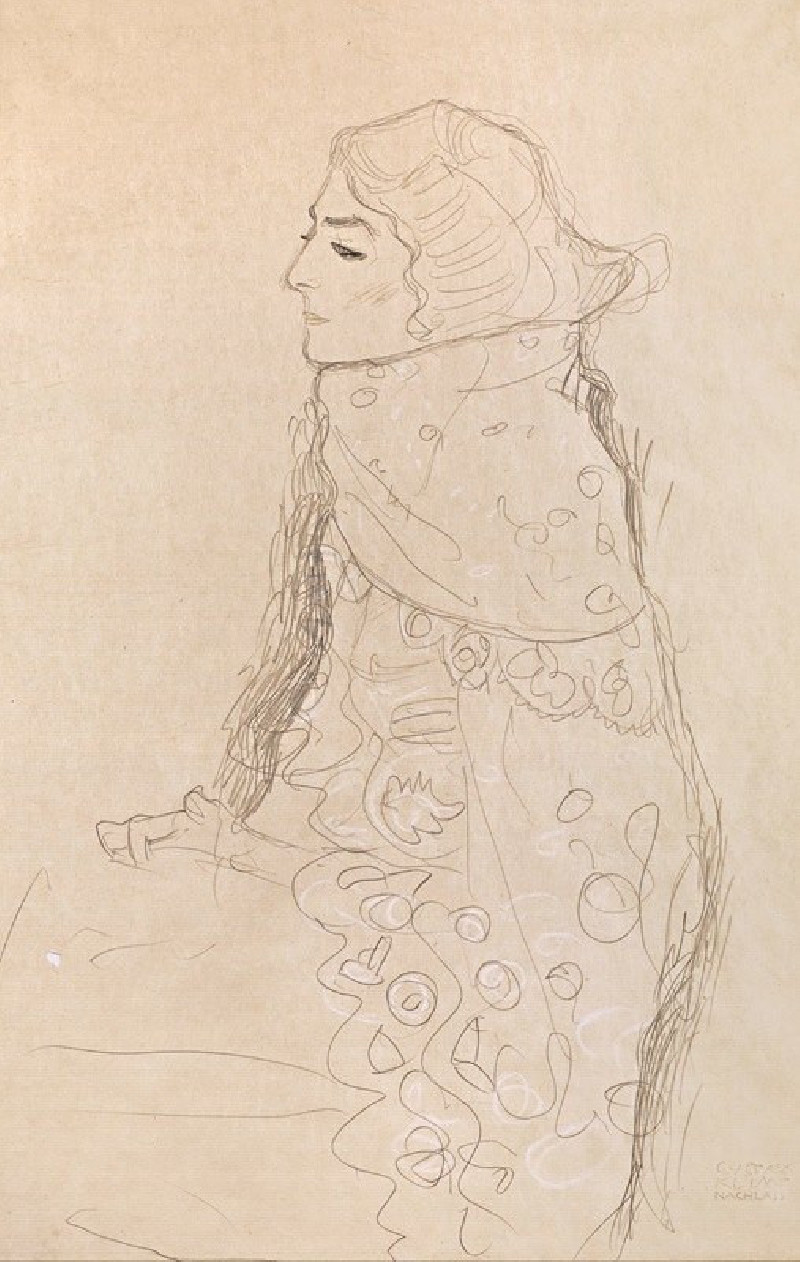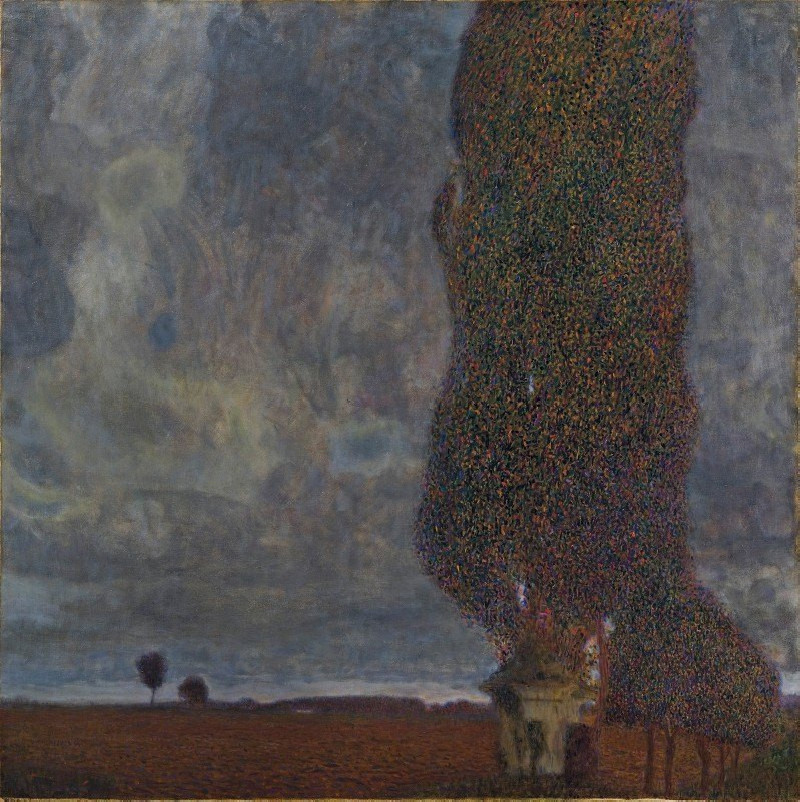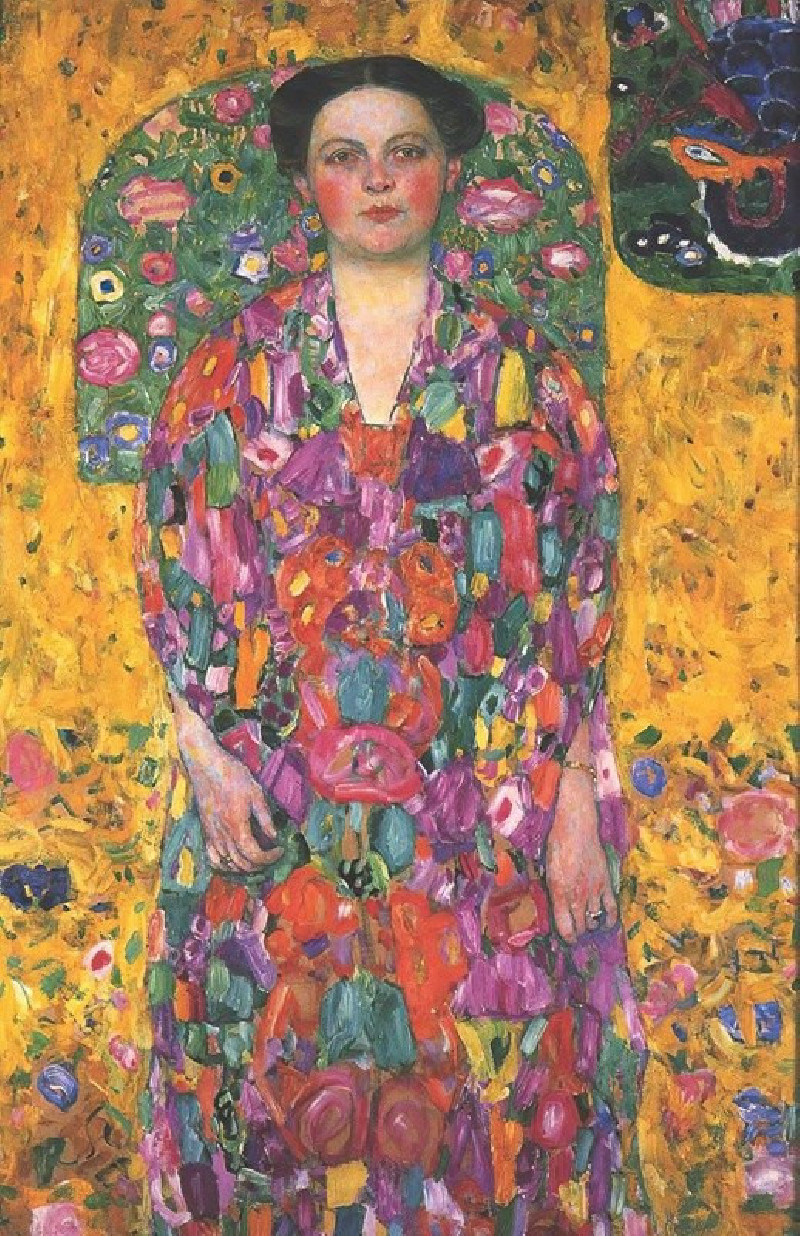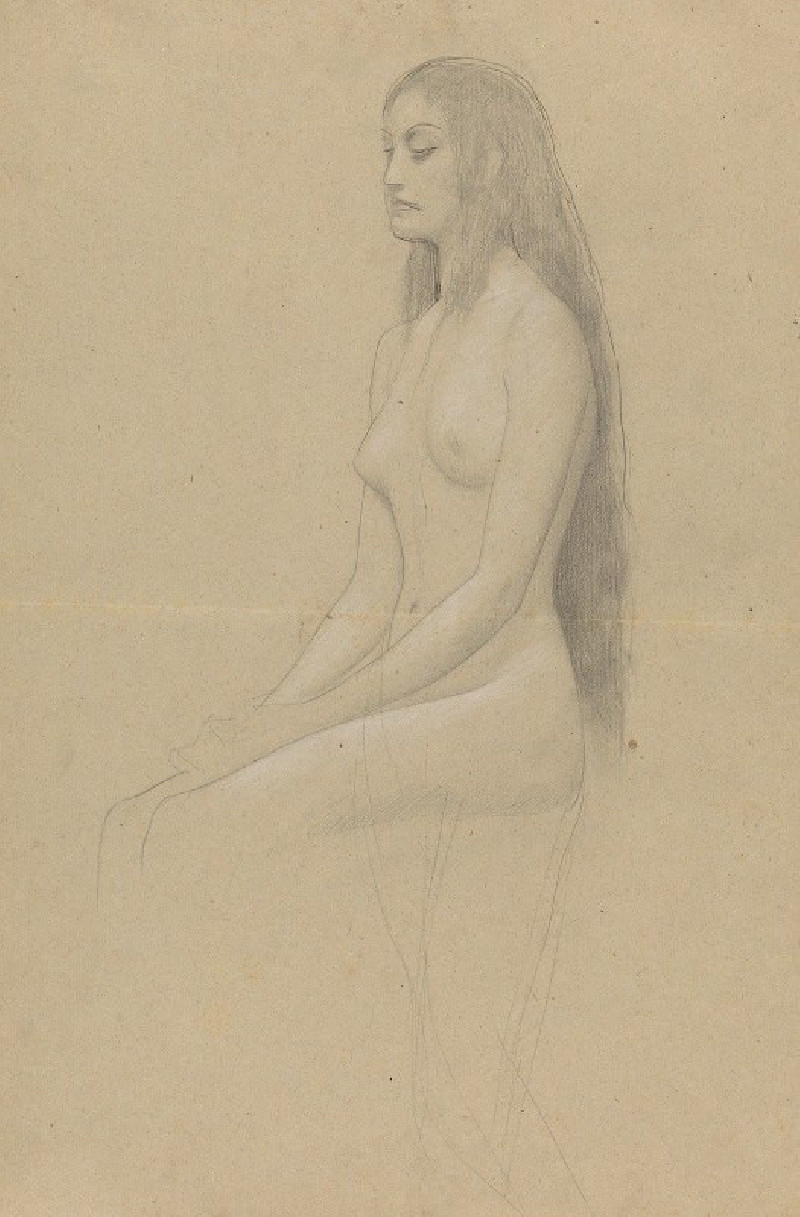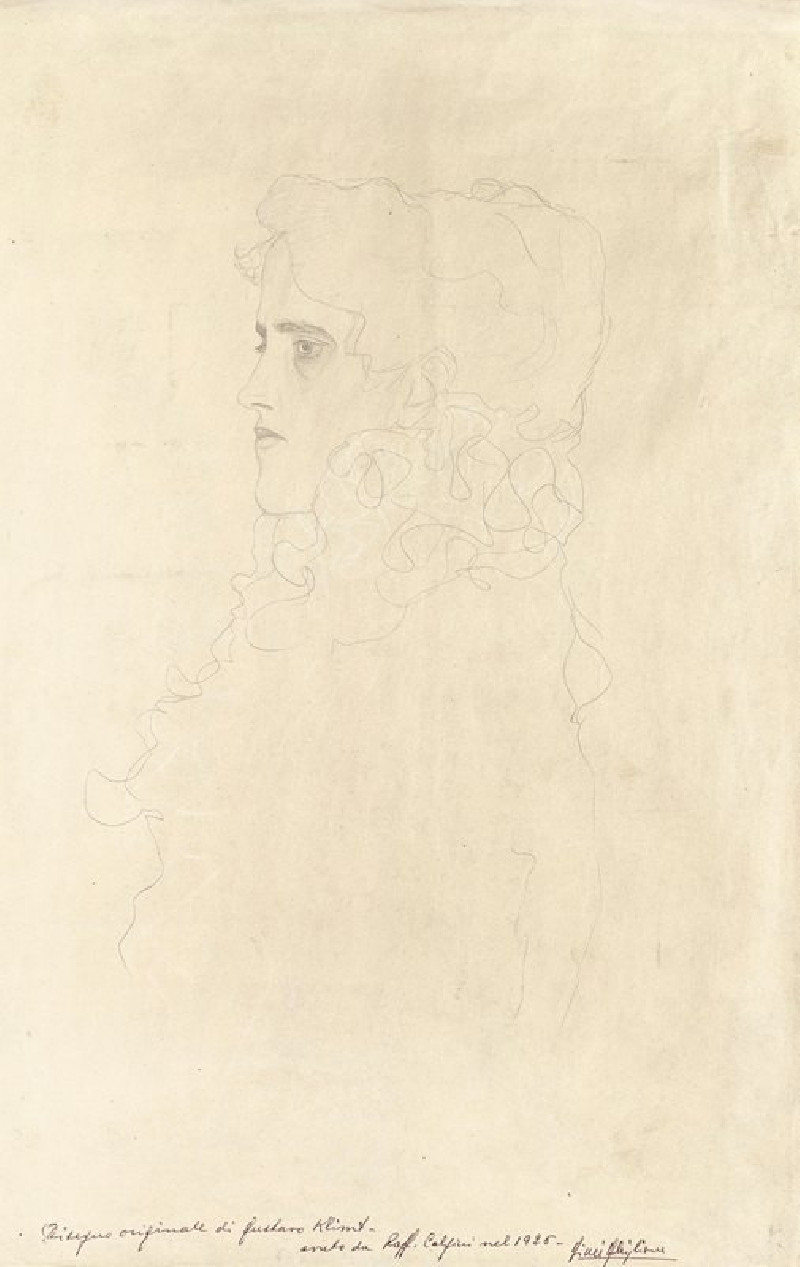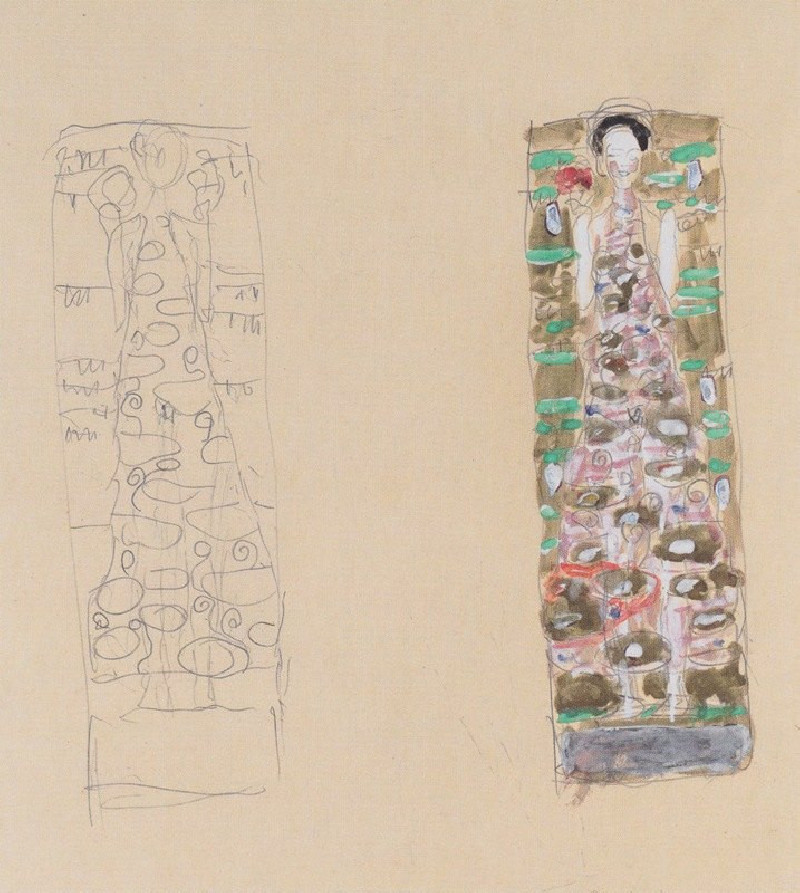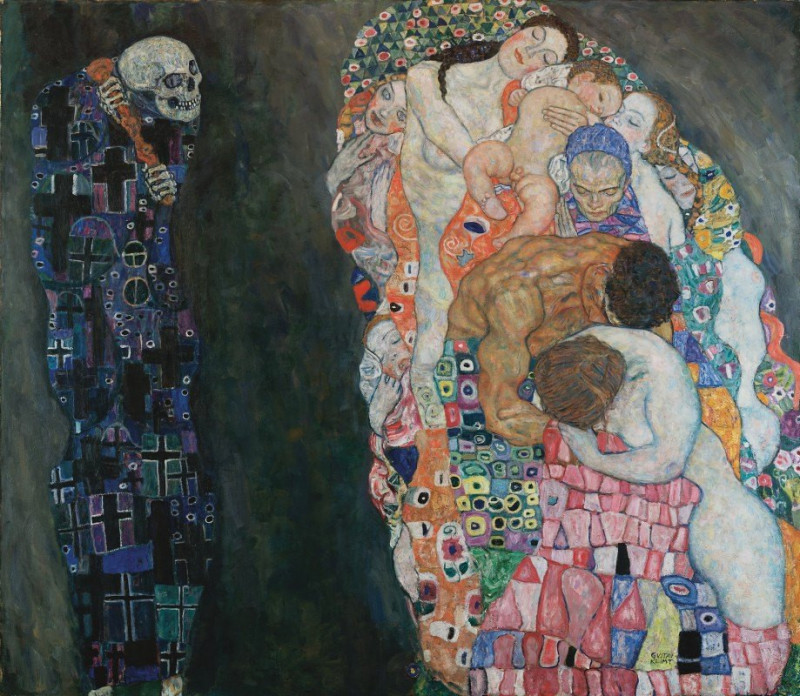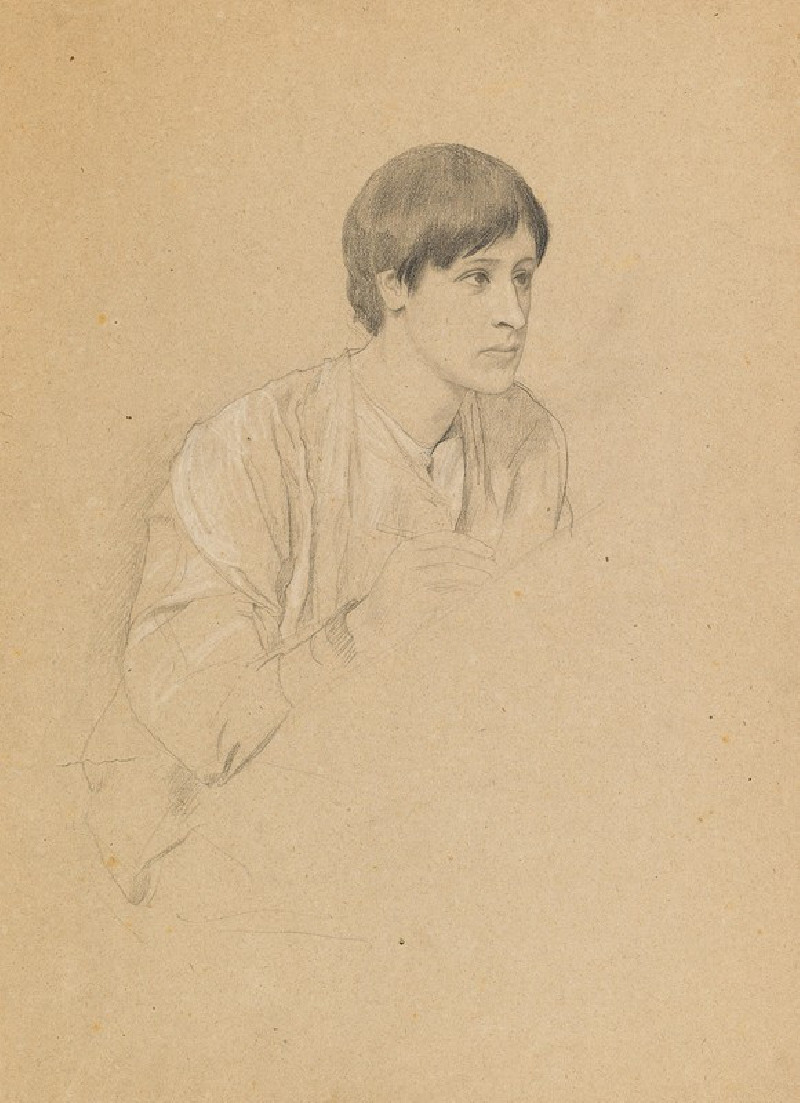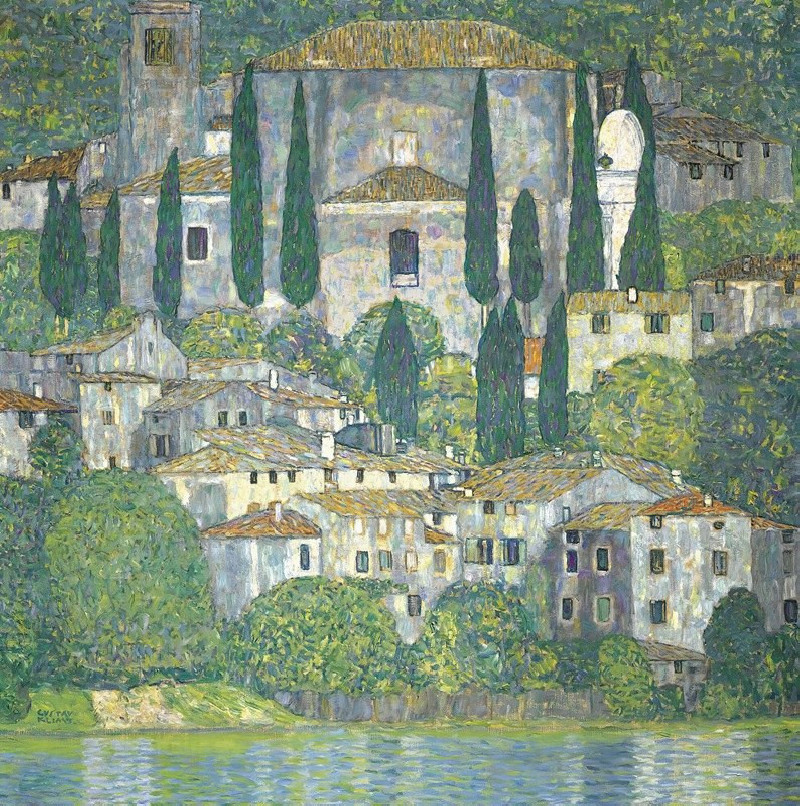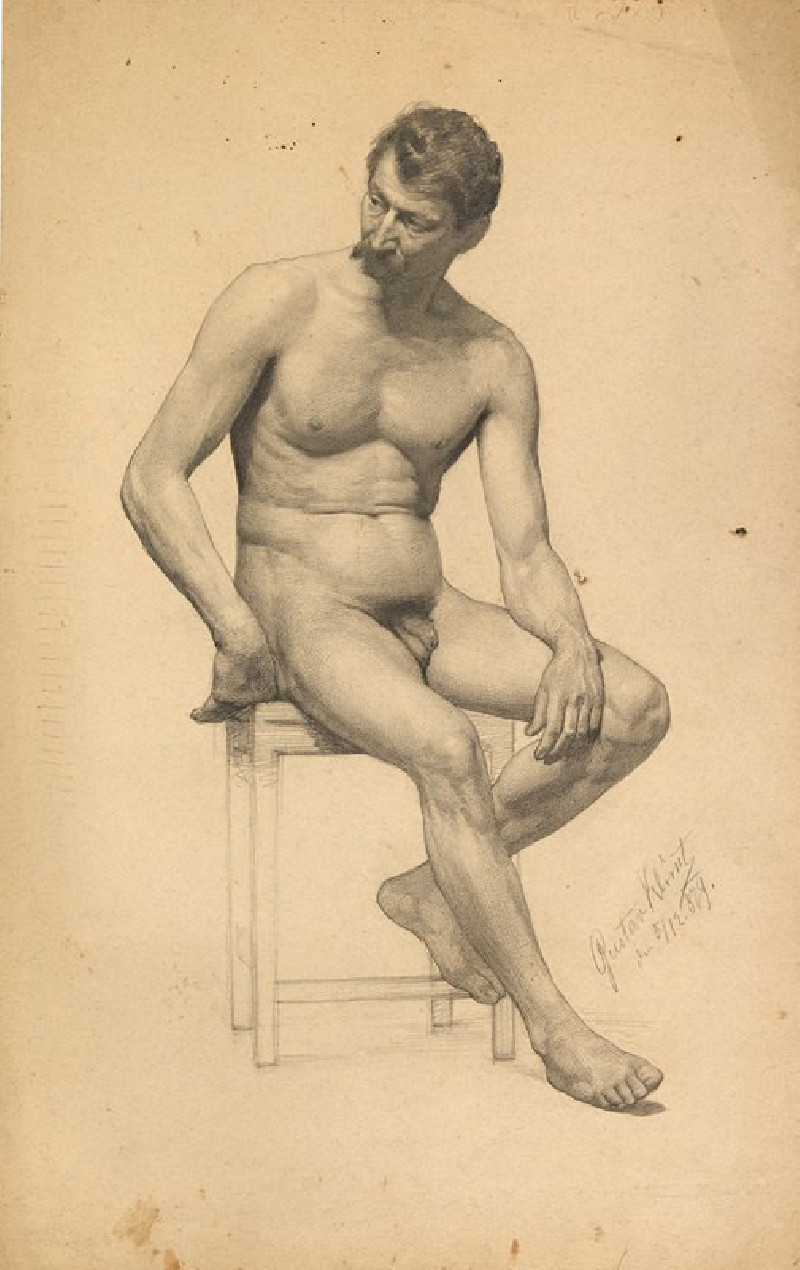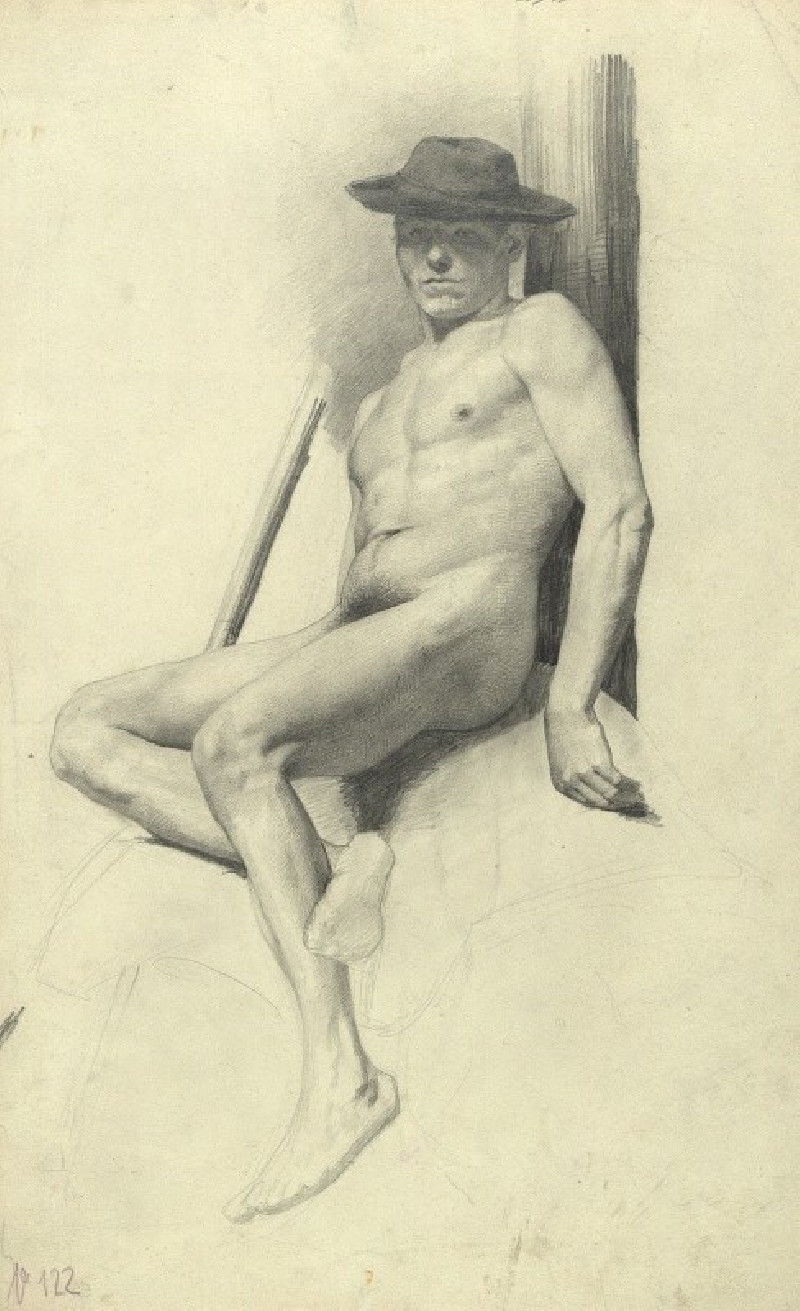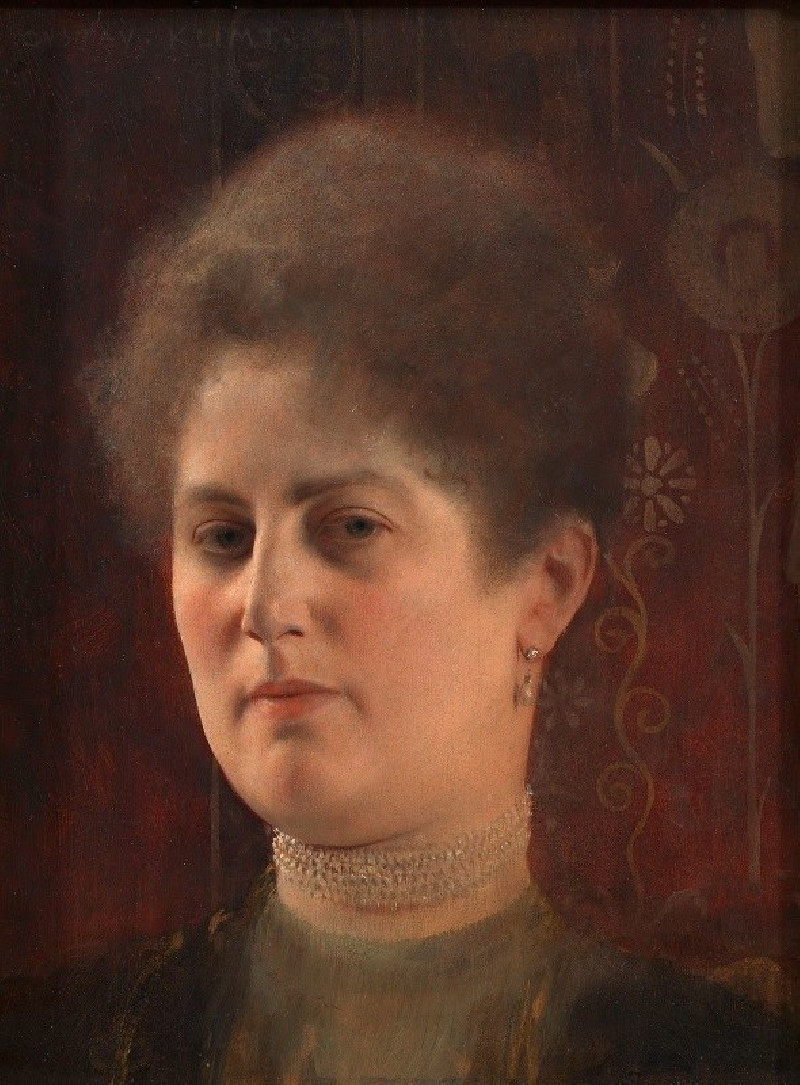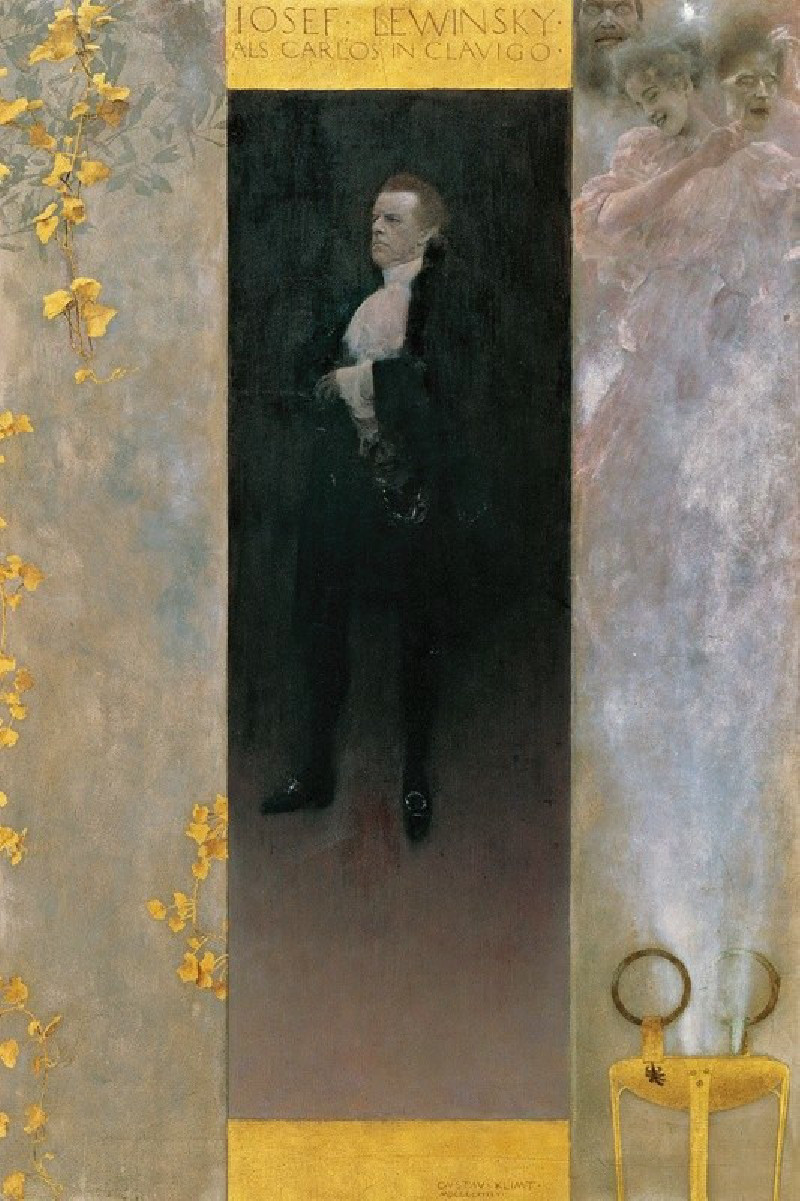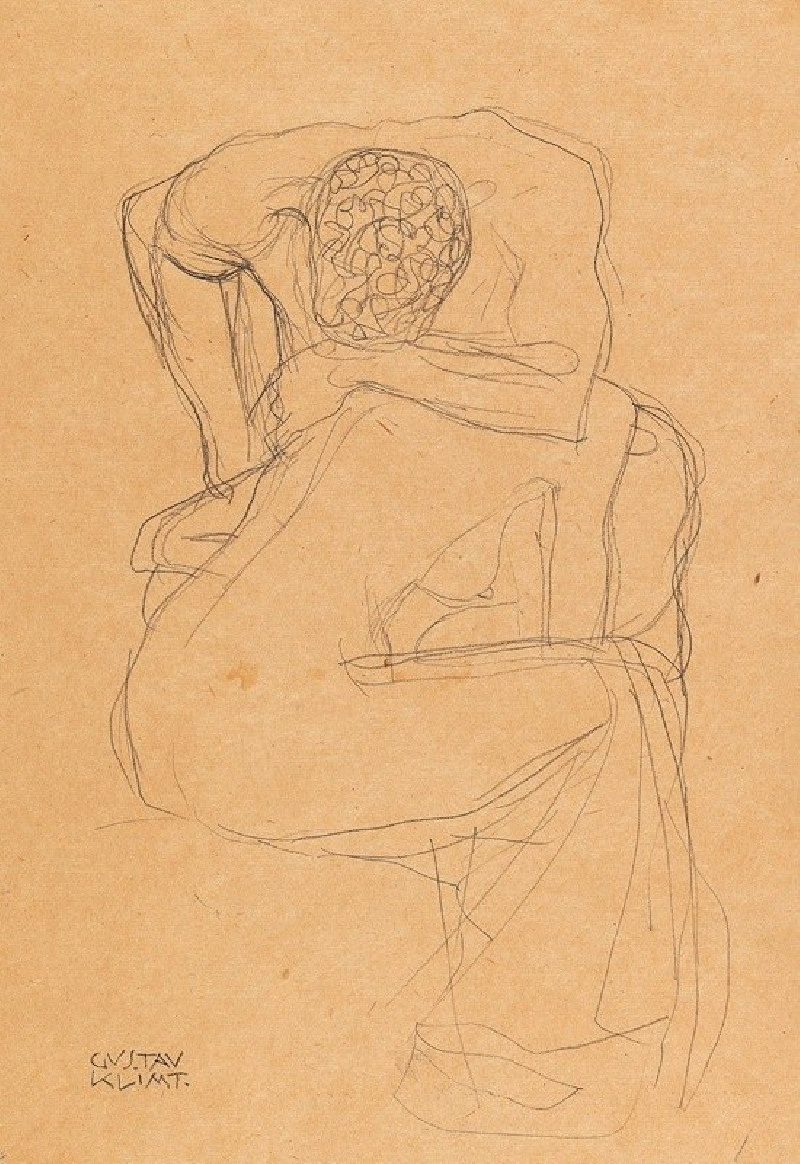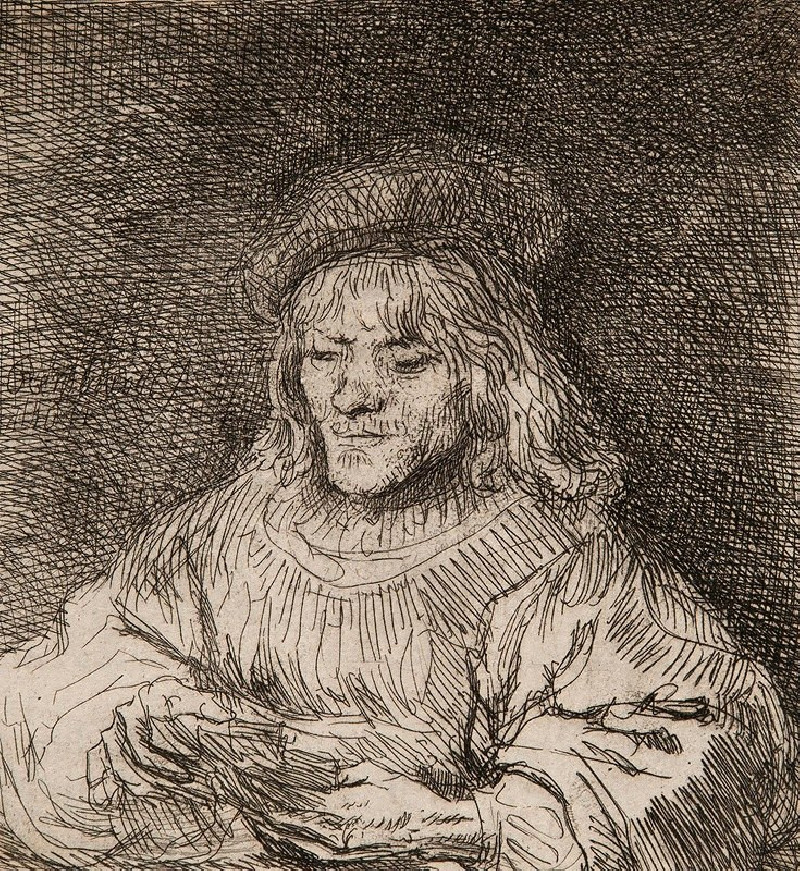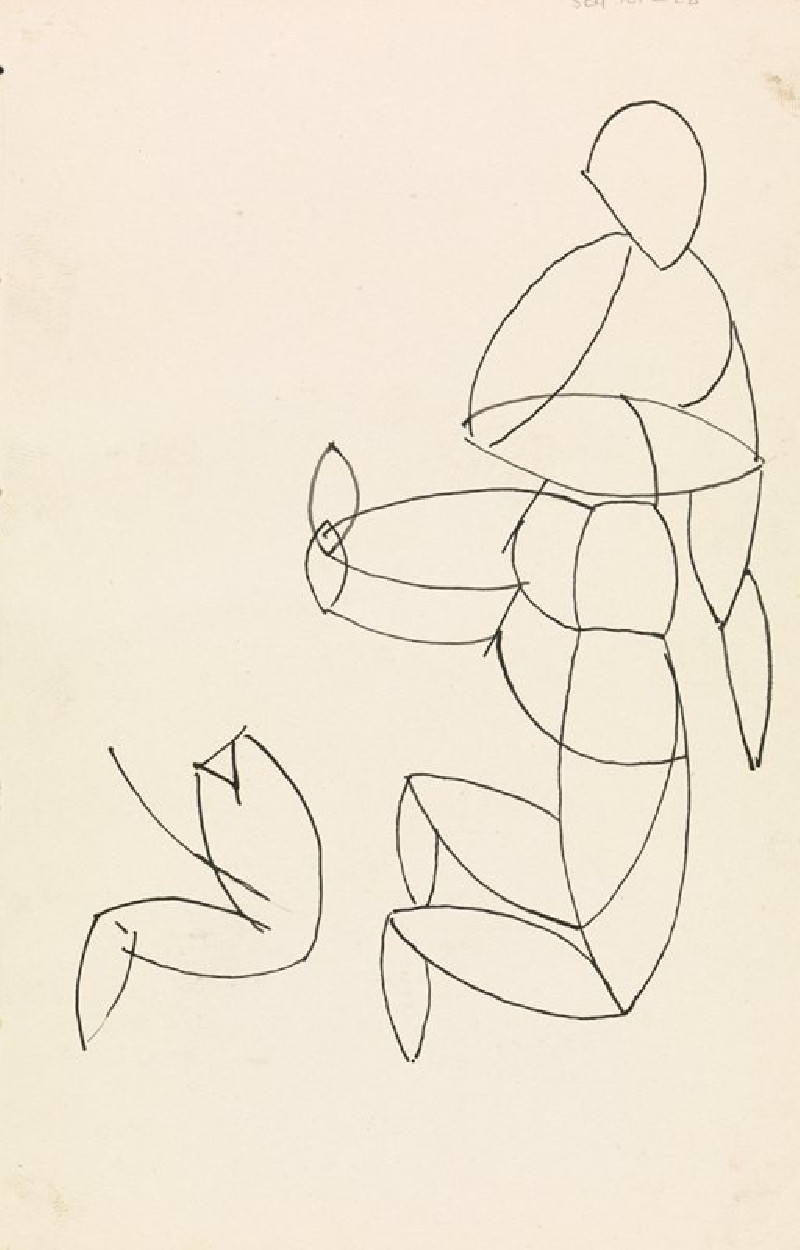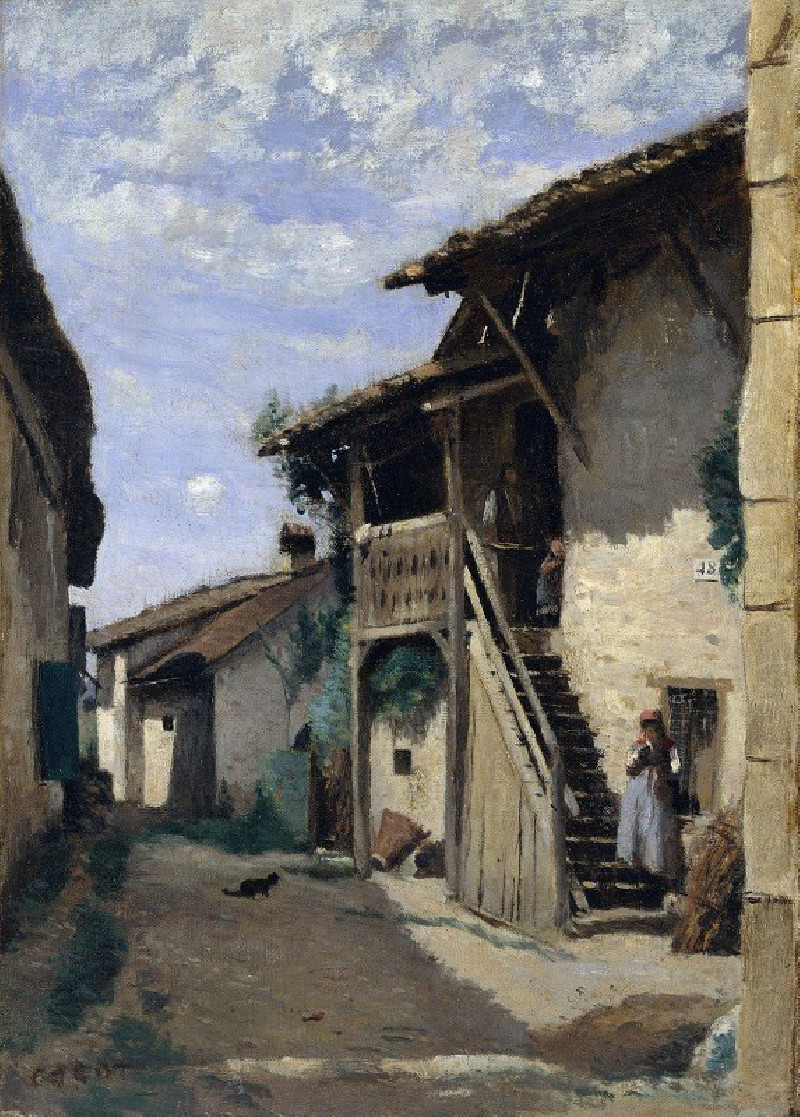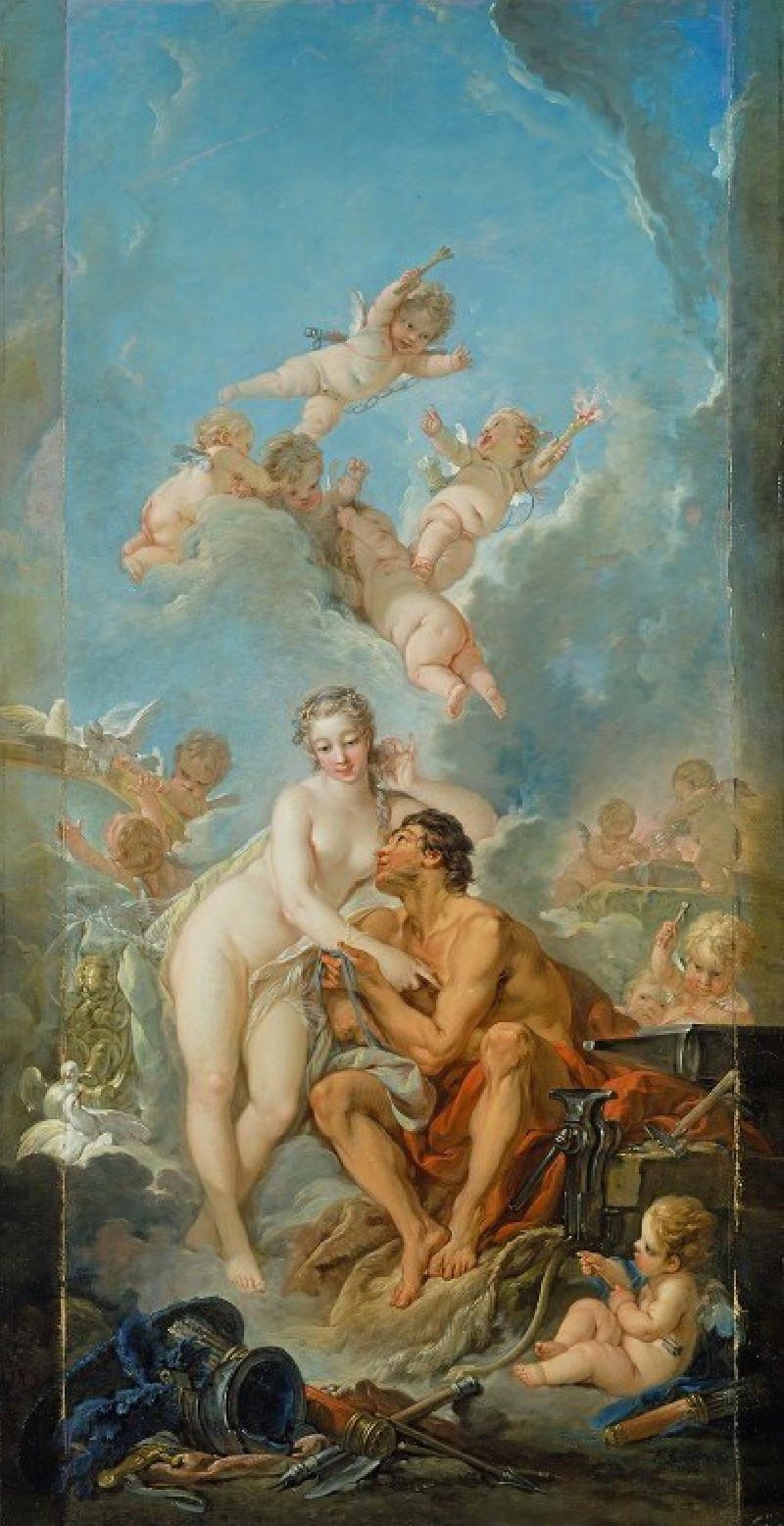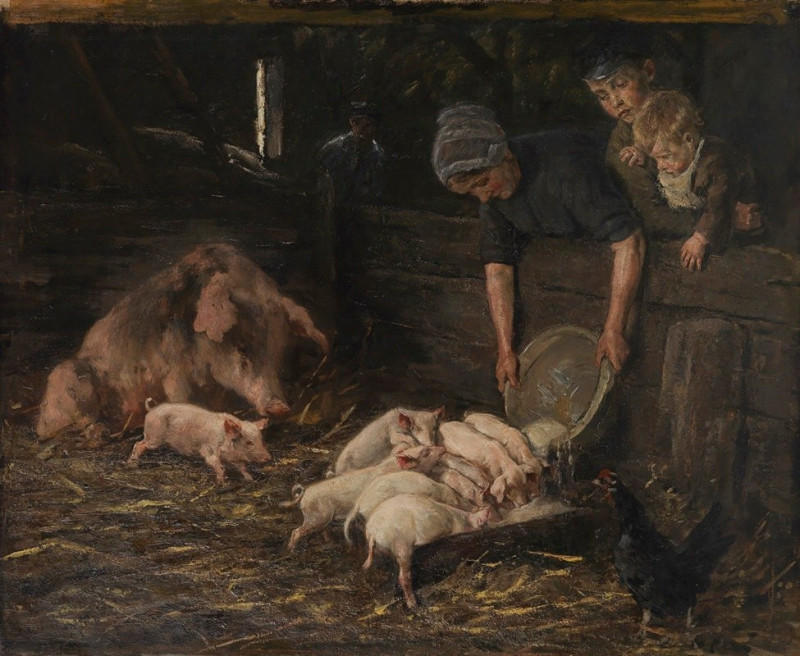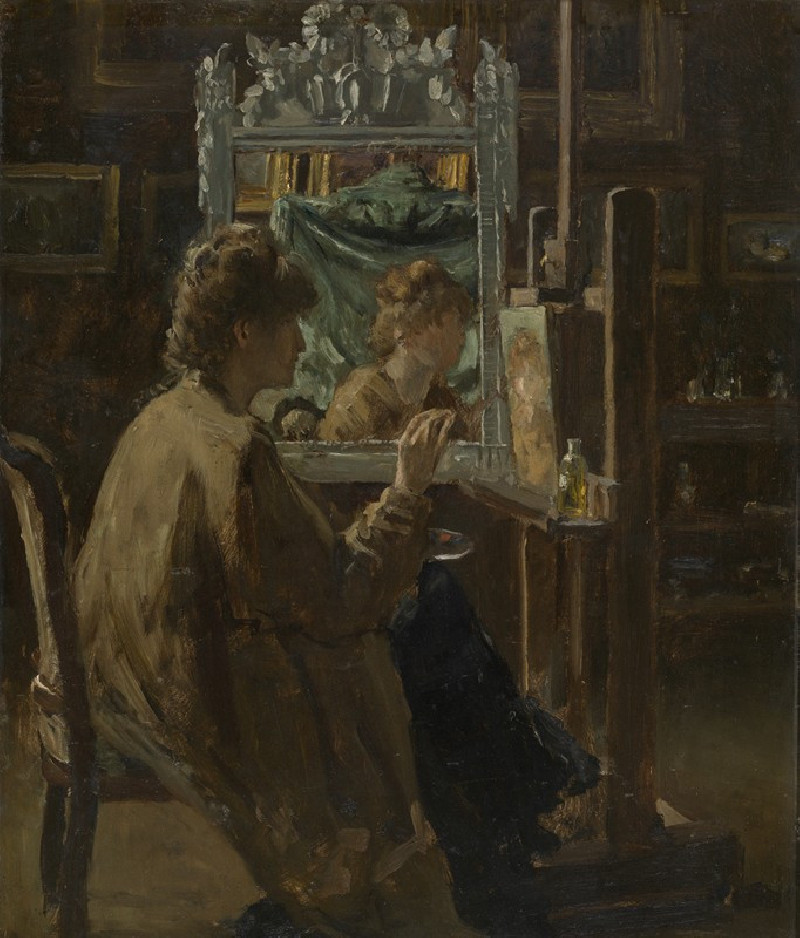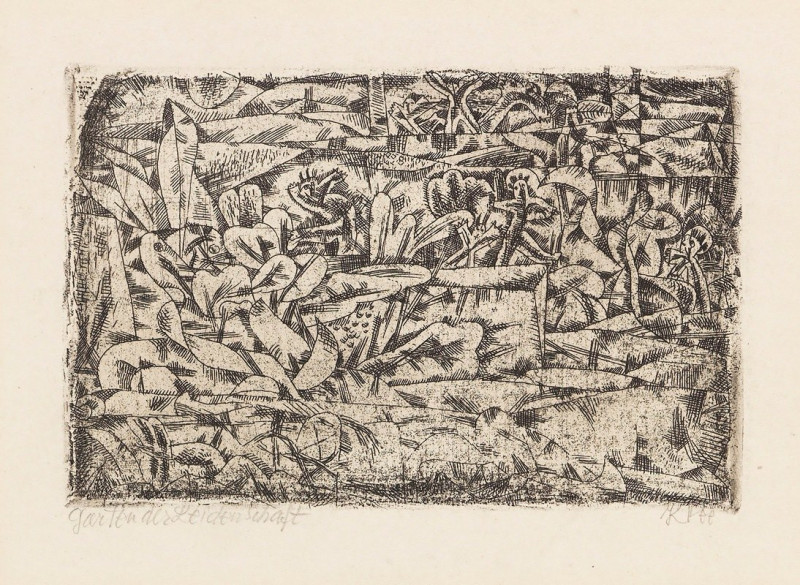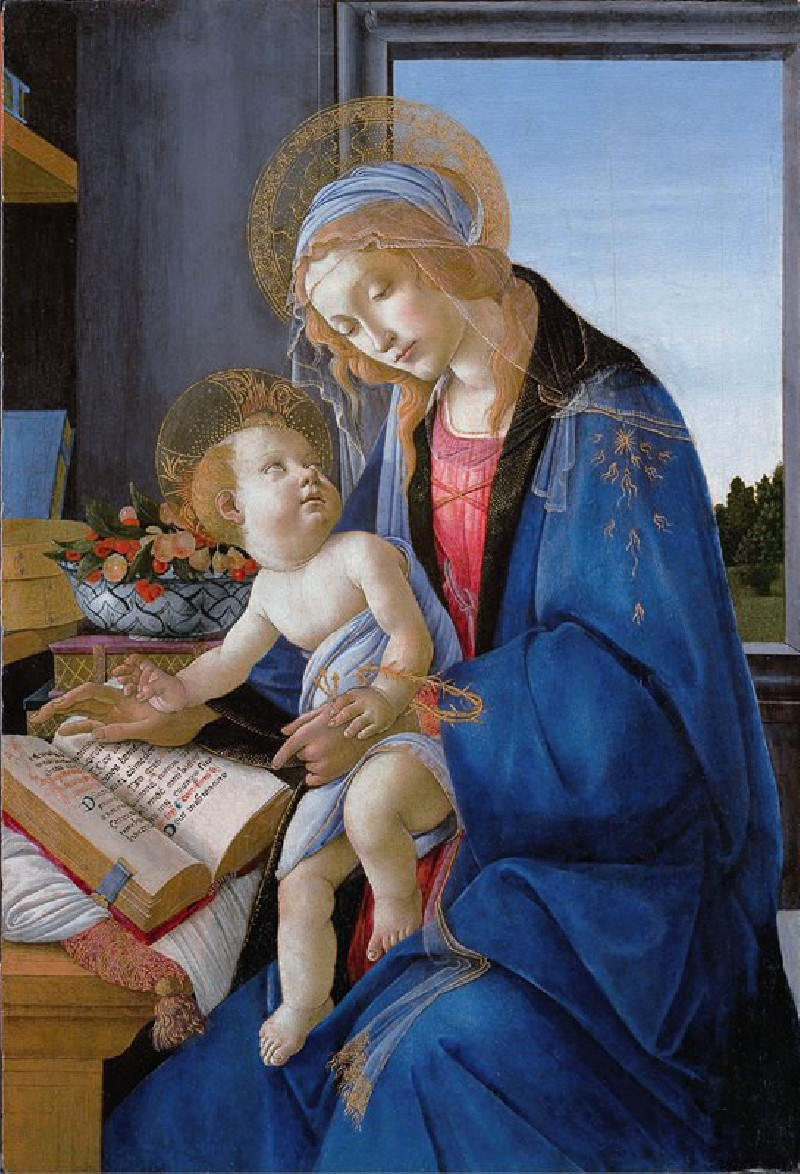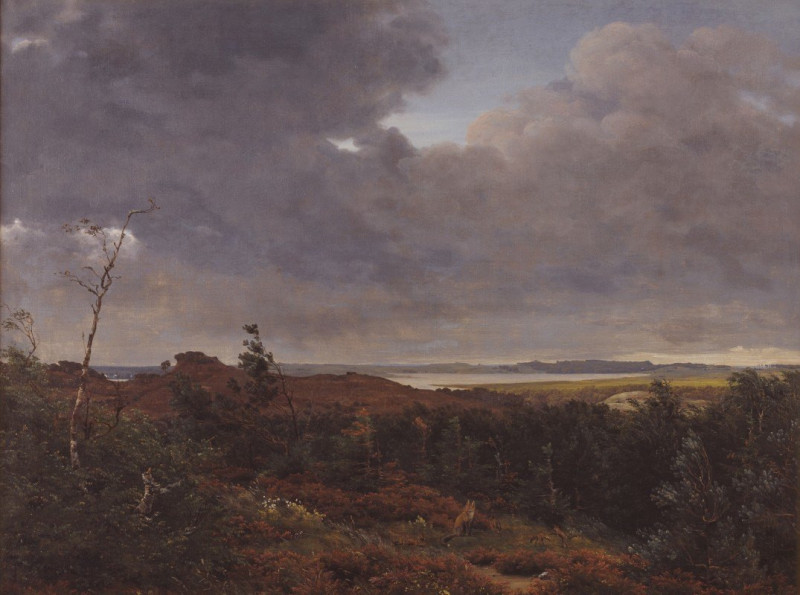Im Lehnstuhl Sitzende von vorne (1904)
Technique: Giclée quality print
Recommended by our customers
More about this artwork
Gustav Klimt's 1904 drawing, "Im Lehnstuhl Sitzende von vorne" (Seated in the Armchair, Front View), is a testament to the artist's mastery in capturing the essence of his subjects through seemingly simple and fluid lines. This artwork is an exquisite example of Klimt's sketching talent, which often served as preliminary studies for his more elaborate paintings.In this piece, the viewer is presented with the elegant figure of a woman sitting in an armchair, her posture relaxed yet composed. The figure is sketched with a series of graceful, swirling lines that convey both the softness of her attire and the gentle curves of her body. The woman's face, characterized by softly etched features, exudes a calm and meditative expression, which is typical of Klimt's depictions of women.Klimt's use of minimalistic line work against the parchment-colored background focuses attention on the fluidity and simplicity of the form. The absence of color and detailed facial expressions invites viewers to immerse themselves in the rhythm and flow of the lines, making the drawing feel both intimate and universal."I'm Lehnstuhl Sitzende von vorne" is not only an illustration of Klimt's distinct style but also a beautiful representation of early 20th-century art that focuses on the essence of form and the beauty of understatement. This piece, like many of Klimt's works, bridges the gap between traditional portraiture and the abstract formulations that later defined modern art.
Delivery
Returns
Gustav Klimt (1862–1918) was one of the greatest Austrian symbolist painters of the Art Nouveau era. Renowned as one of the most prominent founding members, and as a president of the Vienna Art Nouveau movement (Vienna Secession). His works were mainly paintings, murals, and sketches. Marked by his numerous erotic drawings, Klimt's primary subject were female figures, and at one point his work was even criticized as pornographic. Klimt found financial success in his "Golden Phase" with decorative techniques and the prominent use of gold leaf in his paintings.


